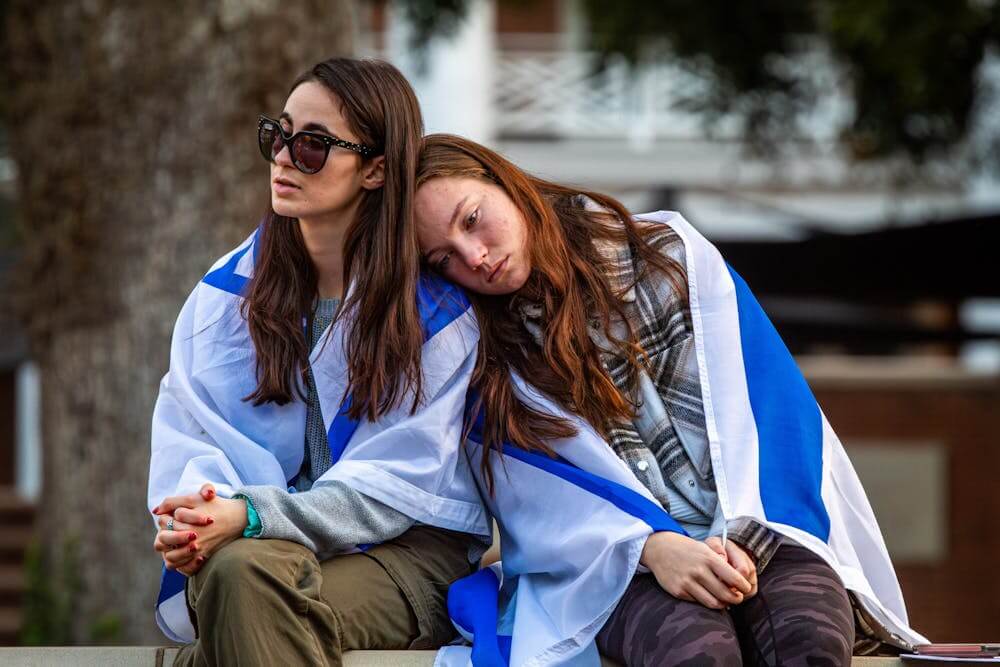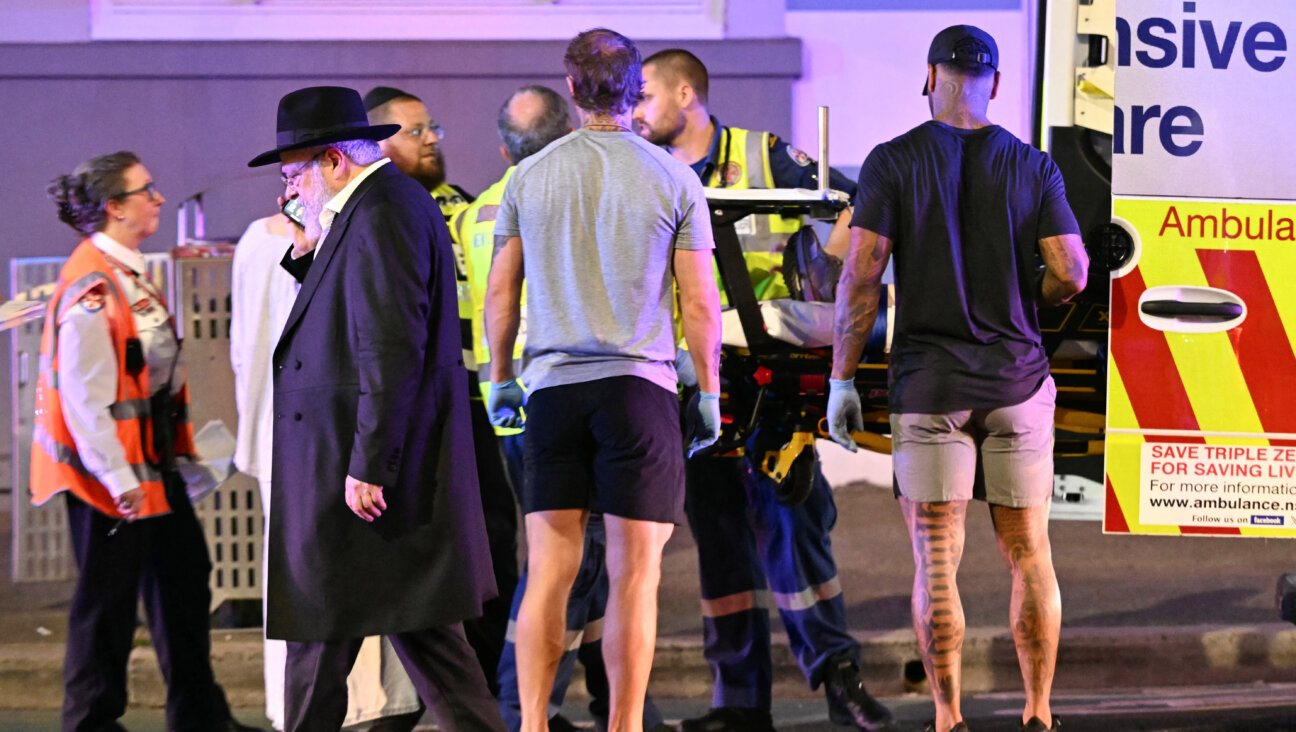History’s Paradoxes
Eighty years ago, on May 25, 1926, Ukrainian folk hero Simon Petlura was shot to death in Paris. The assassination was planned and executed by Jewish folk hero Sholom Schwartzbard.
Why bring up today these two opposing characters, whose peoples have lived together for hundreds of years? Just for the anniversary? And who were they, the victim, Simon Petlura, and his assassin, Sholom Schwartzbard?
If we page through Simon Dubnov’s “World History of the Jewish People,” here is what we find about the victim, Petlura: “In our history, the year 1919 was a magnification of the terrible years of the Chmielnitzki and peasant massacres, 1648 and 1768; this was the third peasant massacre under new political circumstances…. The Ukrainian Directorate (as Petlura’s Ukrainian secessionist government was known) fought against the Moscow Bolsheviks by stoking the flames of nationalism. The commanders knew that a simple way to motivate their soldiers was to let them “slaughter the kikes.” As soon as the Directorate was established in Kiev, the antisemitic excesses began; quickly these were transformed into organized military pogroms…. The attacks were carried out according to a predictable pattern: When the Ukrainian army entered a city, a libel was spread of Jewish sympathy for the Bolsheviks; the commander demanded a payment of several million rubles, and after he received the money, he allowed his soldiers to murder and plunder at will….”
During the civil war that broke out following the Russian Revolution and raged between 1918 and 1921, close to 200,000 Jews were slaughtered in the Ukraine and in parts of southern Russia and Belarus. About 300,000 children were orphaned. In more than 700 cities, towns and villages, almost everything that the Jews possessed was plundered and destroyed.
And who was the Jewish hero, Sholom Schwartzbard? He was a Jewish patriot. Petlura, who stood at the helm of the Ukrainian government that sanctioned the antisemitic outrages, appeared in Schwartzbard’s eyes as the symbol of these bloody incidents; and so, Petlura is remembered by most students of Jewish history.
Schwartzbard acted alone, but his action was deemed justified by Marc Chagall, Sholem Asch, Romain Rolland and other well-known figures in the Jewish and non-Jewish world. Schwartzbard’s lawyer convinced the jury that Petlura was chiefly responsible for organizing the massacres, so Schwartzbard was freed from prison.
But times change. Today, on the waves of the so-called Orange Revolution in Ukraine, which so delights the Western world, Simon Petlura is again presented as a national hero. The Ukrainian president, Viktor Yushchenko already has visited Petlura’s grave in Paris twice and has laid flowers. Special days are being proclaimed in Kiev in honor of the national hero, Petlura. It won’t be long, perhaps, until on a lovely square somewhere in the capital there will stand a monument, like the one for Bogdan Chmielnitzki, in honor of Simon Petlura.
Yet another tragic paradox of Jewish life in the Diaspora: to live among a people whose national heroes linger in the memory of our own people as murderers.
Boris Sandler is editor of the Yiddish Forverts, where this appeared as an editorial last week. Translated by Leizer Burko.














